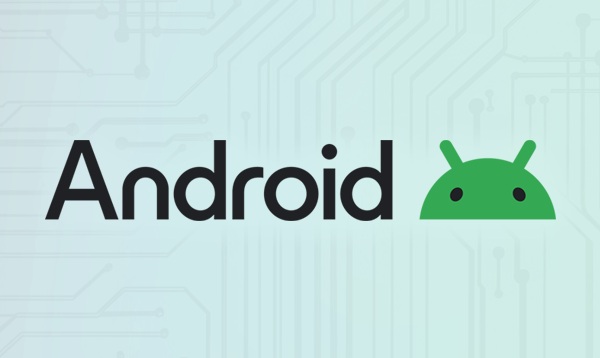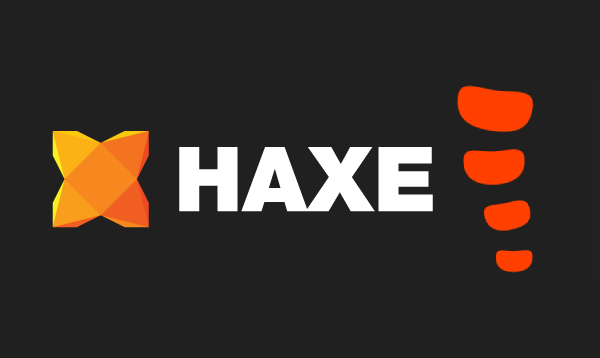December 6th, 2024

We've upgraded our Spine runtime for three.js!
Three.js is a library for creating animated 3D graphics in the browser. While it's not always the first choice for Spine users, it's an excellent option if you want to combine 2D and 3D elements. Our runtime allows you to bring your 2D Spine animations into the 3D world of three.js with ease.
This upgrade aims to integrate Spine skeletons more naturally in three.js. You can now choose the material used to create your Spine objects. This means your skeletons can react to lights, casting and receiving shadows if you use materials like MeshStandardMaterial. Alternatively, if you prefer to display your animations as they appear in the Spine editor, you can use materials like MeshBasicMaterial that don't react to lighting.
As an example, check out this interactive demo of a raptor skeleton casting and receiving shadows:
We've added support for the "tint black" feature, ensuring spine-threejs fully supports all Spine features.
In r160, three.js dropped support for IIFE bundles in favor of modern ECMAScript Modules (ESM). To make your life easier, we have started shipping ESM modules as well. From now on, you can use the import/export syntax in your code like this:
html
<
script type=
"importmap">
{
"imports": {
"three":
"https://cdn.jsdelivr.net/npm/three@0.171.0/build/three.module.js",
"spine-threejs":
"https://unpkg.com/@esotericsoftware/spine-threejs@4.2.67/dist/esm/spine-threejs.min.mjs" }
}
</
script>
<
script type=
"module">
import *
as THREE from "three";
import *
as spine from "spine-threejs";
...
</
script>
We upgraded the minimum supported version of three.js from r141 to r162 due to the removal of APIs that spine-threejs relied on. Despite this change, we maintained the spine-threejs API without introducing breaking changes. While upgrading a peer dependency is often considered a breaking change, this update was necessary to avoid locking spine-threejs to a three.js release over a year old. We've thoroughly tested the updated spine-threejs runtime with three.js versions up to the latest r171, and everything works as expected.
As usual, if you need assistance in using it, you can open a forum thread. If you find a bug or want to improve the runtime, feel free to open an issue or a PR on our GitHub.
Discuss this blog post on the forums!
November 7th, 2024

We've upgraded our Spine runtime for PixiJS to version 8!
PixiJS has been one of the most widely used WebGL-based rendering libraries for many years, powering countless web games and applications with its fast and flexible renderer. It is a top choice for Spine users, particularly for HTML5 game developers.
Our first official PixiJS runtime was for PixiJS v7. We want the runtime to be official so we can better support users and ensure it gets the latest features.
Meanwhile, the PixiJS team have developed and maintained their own pixi-spine runtime for nearly 10 years. Having two separate runtimes isn't ideal, so for PixiJS v8 we collaborated with Mat Groves — the creator of PixiJS — and the PixiJS team. The result is a single spine-pixi-v8 runtime that is officially supported by us and with the PixiJS team available as needed.
Joining forces like this ensures a great Spine experience for PixiJS users! We are committed to providing timely updates and bug fixes in sync with Spine Editor releases. For Mat and the PixiJS team, this collaboration helps reduce their workload, allowing them to focus more on PixiJS itself.
With the power of PixiJS, spine-pixi-v8 becomes the first spine-ts runtime to leverage hardware acceleration through WebGPU! Here’s a minimal example that uses the WebGPU renderer, when available:
spine-pixi-v7 and spine-pixi-v8 share almost identical interfaces, allowing you to use the same documentation for both. Check out our spine-pixi documentation and explore the examples code. We've ported all PixiJS v7 examples, where you’ll see that the fields and methods remain the same.
As usual, if you need assistance in using it, you can open a forum thread. If you find a bug or want to improve the runtime, feel free to open an issue or a PR on our GitHub.
Discuss this blog post on the forums!
September 16th, 2024

We're happy to announce the general availability of our brand new spine-android runtime.
Our new runtime makes it trivial to integrate Spine animations with your Android app, whether you are using Java or Kotlin. spine-android is built on top of spine-libgdx, our reference runtime.
The core Spine Runtimes API is exposed as idiomatic Java, just like in our spine-libgdx runtime. On top of the core API, we've created Android-specific classes, like SpineView. Integration with Jetpack Compose is also trivial.
spine-android is regularly released to Maven Central and can be easily added as a dependency via Gradle.
To learn more, check out our spine-android documentation and have a look at the example projects.
Discuss this blog post on the forums!
August 5th, 2024

We're happy to announce our brand new spine-haxe runtime!
spine-haxe allows you to render Spine animations using Starling and OpenFL. Haxe, in combination with OpenFL, empowers you to create applications for a wide range of targets, including HTML5 applications and native apps for both desktop and mobile platforms.
The spine-haxe runtime features a core module with zero dependencies, making it an excellent foundation for developing Haxe runtimes for other frameworks. In fact, we already have a functional work-in-progress version for HaxeFlixel.
To get started, check out the spine-haxe documentation. We also invite you to join the discussion about this release on our forum.




